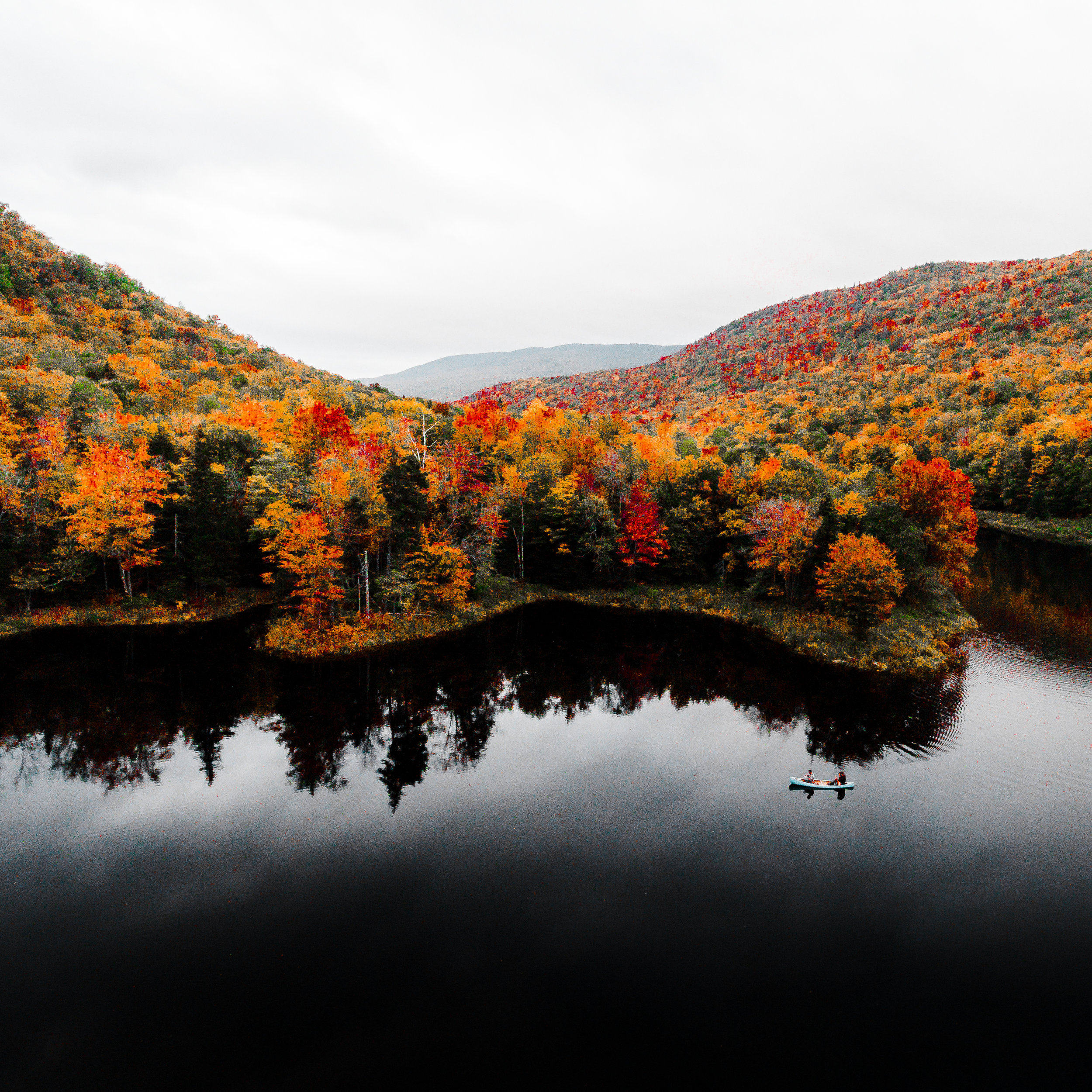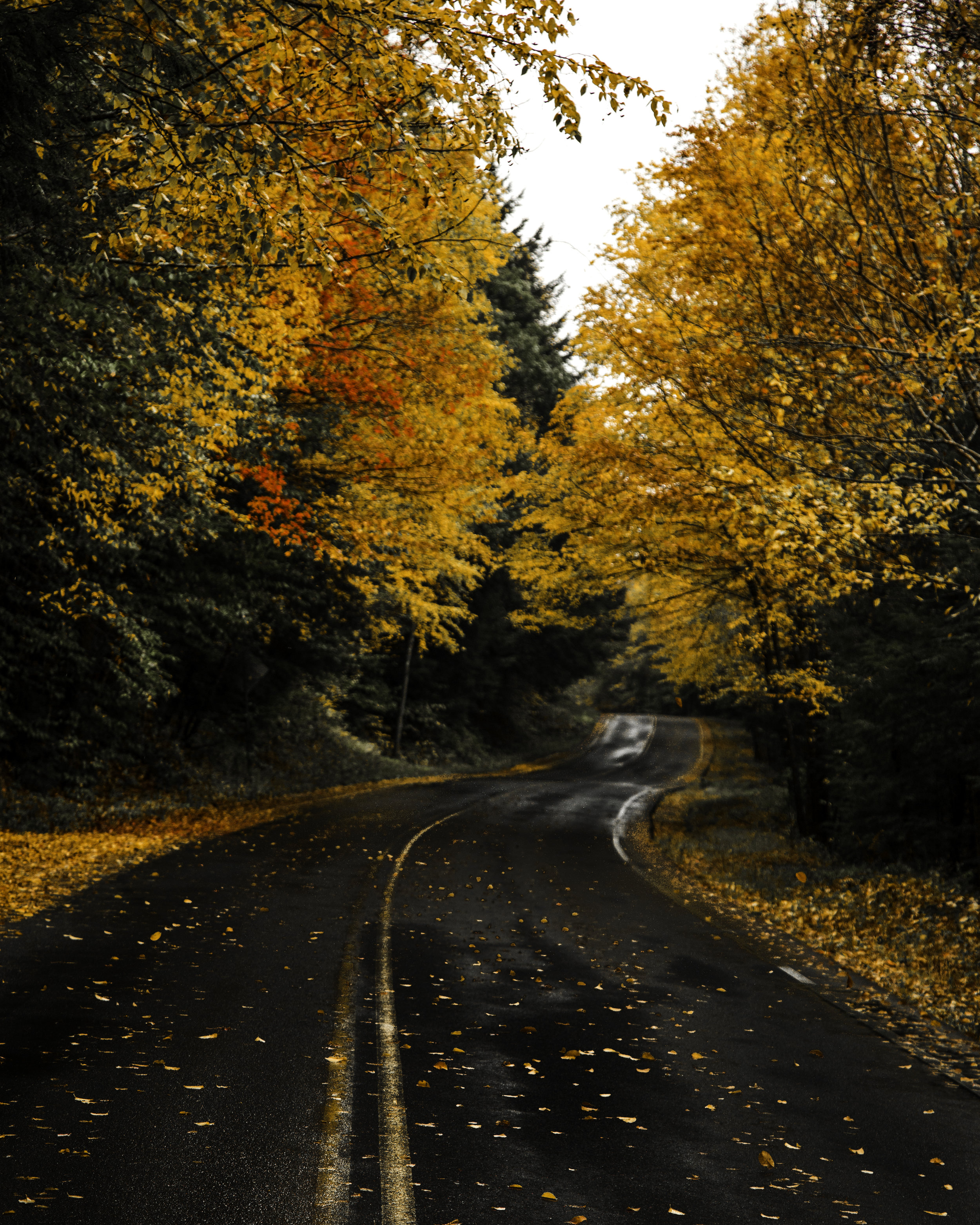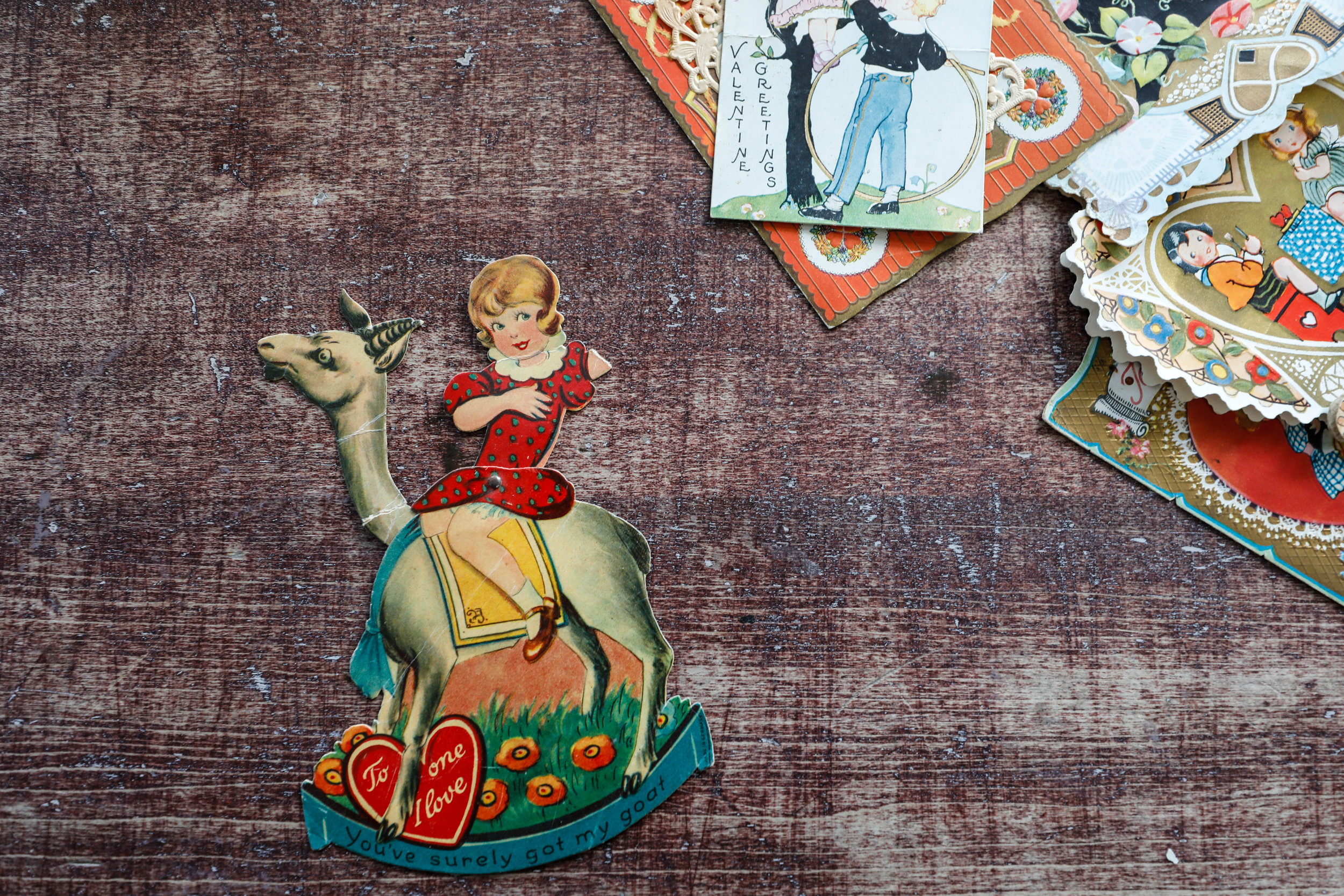New England Colors; Kyle Finn Dempsey and the Art of Photographing Autumn
Ben Ashby
Photographer Kyle Finn Dempsey is one of the bests when it comes to documenting the changing colors of New England. We are continually inspired by his work. We sat down with him to learn more about shooting the best shots of autumn's many colors....
"Fall feels like a dream in New England. It's not about big grand views here, but about little nooks and crannies and a vast variety of colors."
My name is Kyle Finn Dempsey and I live in the hills of Western Massachusetts. I go by the name Huck because my best friend and I were (and still are) a modern day version of Tom Sawyer and Huck Finn. We've always called each other that, and if you spent an afternoon with us, wandering around the forest barefoot, it'd all start to make sense. I grew up along the Westfield river and and currently live in the same area. I will never let go of my spot, it's my zen and I plan to keep it in the family forever.
Fall feels like a dream in New England. It's not about big grand views here, but about little nooks and crannies and a vast variety of colors. There's not many other places in the country (or world) that you can find so many different trees who's leaves change color at once. The colors I show in my photos are very real. Of course I put my own spin on them with my edits, but when you're on a fall drive here, you're going to see colors you won't believe. From rich golden yellows on the birch trees, bright red oak and swamp maple leafs, bright orange sugar maple, orange & gold beach leaves and everything in between. Sometimes the colors are so bright they look fake in person. It's seriously jaw dropping.
My favorite places to shoot in New England for the fall are southern Vermont and right near my house in western MA. Southern Vermont always turns about a month early, and is very swampy, so the colors are extremely rich and vibrant. All near me is small valleys and winding backroads, which are my absolute favorite places to explore and shoot. I love traditional New England fall scenes as well as finding new ways to share fall that not many people have seen. Each Northeast state has his own unique flavor to offer, along with classic scenes that come to find when you think of fall. If you want guaranteed color and good views, try the White Mountains in New Hampshire.
One of my favorite towns near me that celebrates fall very well is Ashfield, Ma. It's an incredibly quaint little town with a lake in the middle, a rope swing and a beach, a pizza shop and and an old fashion hardware store. There's always something going on, and in the fall, they have a fantastic little festival in the common lawn. Local crafts and garden vegetables, local music and everything else you can imagine that fits into a small town fairytale. The singer Ray LaMontagne actually has a home in Ashfield. It's one of Massachusetts biggest hidden gems. Keep that between you & I.
Peak season is generally right around mid October, though it depends on where you are and how the season is developing. In Southern Vermont, peak was probably October 5th. Here in Western Ma, we're just past peak, and its Oct. 22nd. I'm heading up to southern Maine tomorrow to stay in a tree house, and from what I've heard they are pretty much at peak.
I became a photographer when I was 19 or so. I used to rap and make music videos, and I got a camera so I could do all my own media by myself. I didn't seriously start shooting until I was a junior or senior in college. I'm 25 now, and I've been doing photography and video work full time for about 3 years.
Tips for capturing autumn- Check near swamps, rivers and ponds. Try shooting with a drone if possible to find unique formations from above and go places that no one knows about. Drive down backroads near water sources and see what you find. Some of the best colors happen in the places you least expect. Also, overcast and rainy days are will enhance the foliage by about 50%. Sometimes it looks like there's no color on a bright sunny day, and then the next day it rains, the colors shine bright and you're like "WHAT THE HELL HAPPENED!?"















